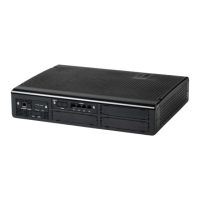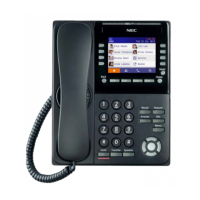27
default, the event log is sorted by the ID, with the most recent event at the top.
• Severity—The importance of the detected event.
• Description—The description identifies the component and detailed characteristics of the
recorded event. If the iLO firmware is rolled back to an earlier version, the description
UNKNOWN EVENT TYPE might be displayed for events recorded by the newer firmware. You
can resolve this issue by updating the firmware to the latest supported version, or by
clearing the event log.
• Last Update—The date and time when the latest event of this type occurred. This value is
based on the date and time stored by the iLO firmware.
If the iLO firmware did not recognize the date and time when an event was updated, [NOT
SET] is displayed.
• Count—The number of times this event has occurred (if supported).
In general, important events generate an event log entry each time they occur. They are not
consolidated into one event log entry.
When less important events are repeated, they are consolidated into one event log entry,
and the Count and Last Update values are updated. Each event type has a specific time
interval that determines whether repeated events are consolidated or a new event is logged.
• Category—The event category.
Event log icons
iLO uses the following icons to indicate event severity:
• Critical—The event indicates a service loss or imminent service loss. Immediate attention is
needed.
• Caution—The event is significant but does not indicate performance degradation.
• Informational—The event provides background information.
• Unknown—The event severity could not be determined.
Event log event pane details
• Initial Update—The date and time when the first event of this type occurred. This value is
based on the date and time stored by the iLO firmware.
If iLO did not recognize the date and time when the event was first created, [NOT SET] is
displayed.
• Event Code—A unique identifier for an event within a given event class displayed in
hexadecimal format.

